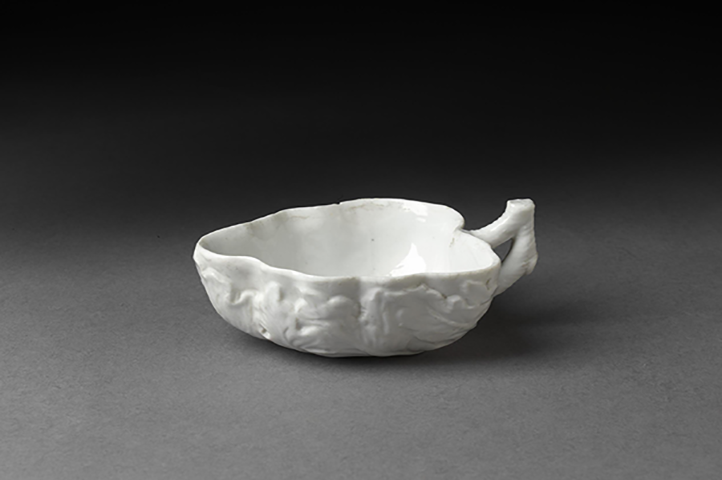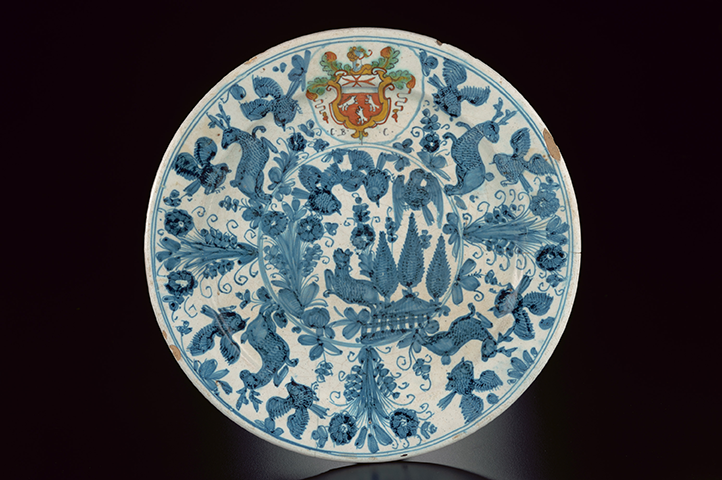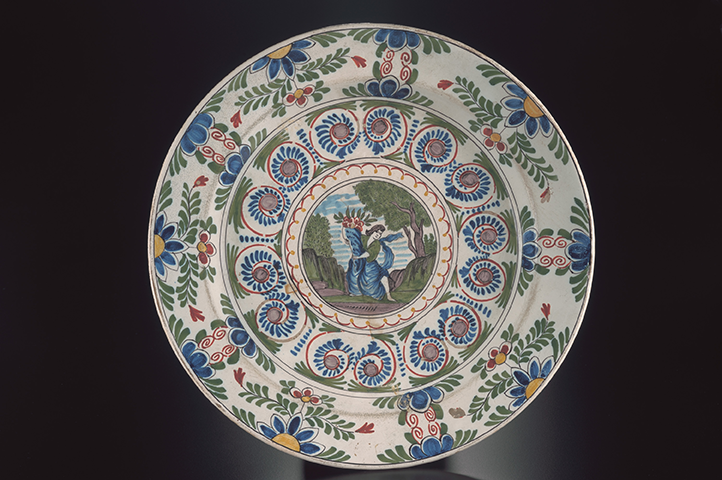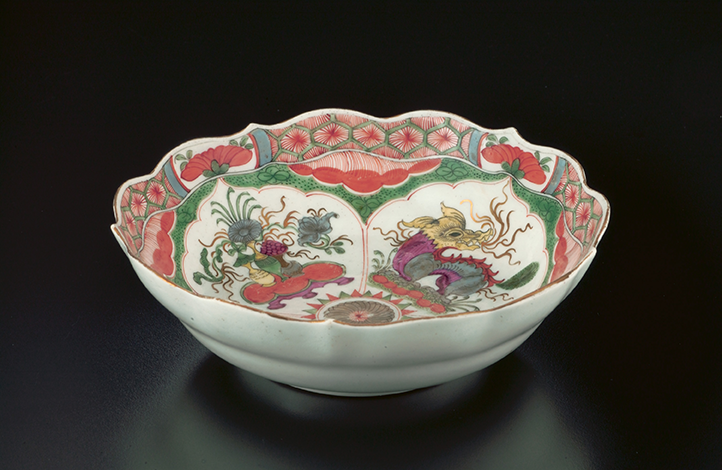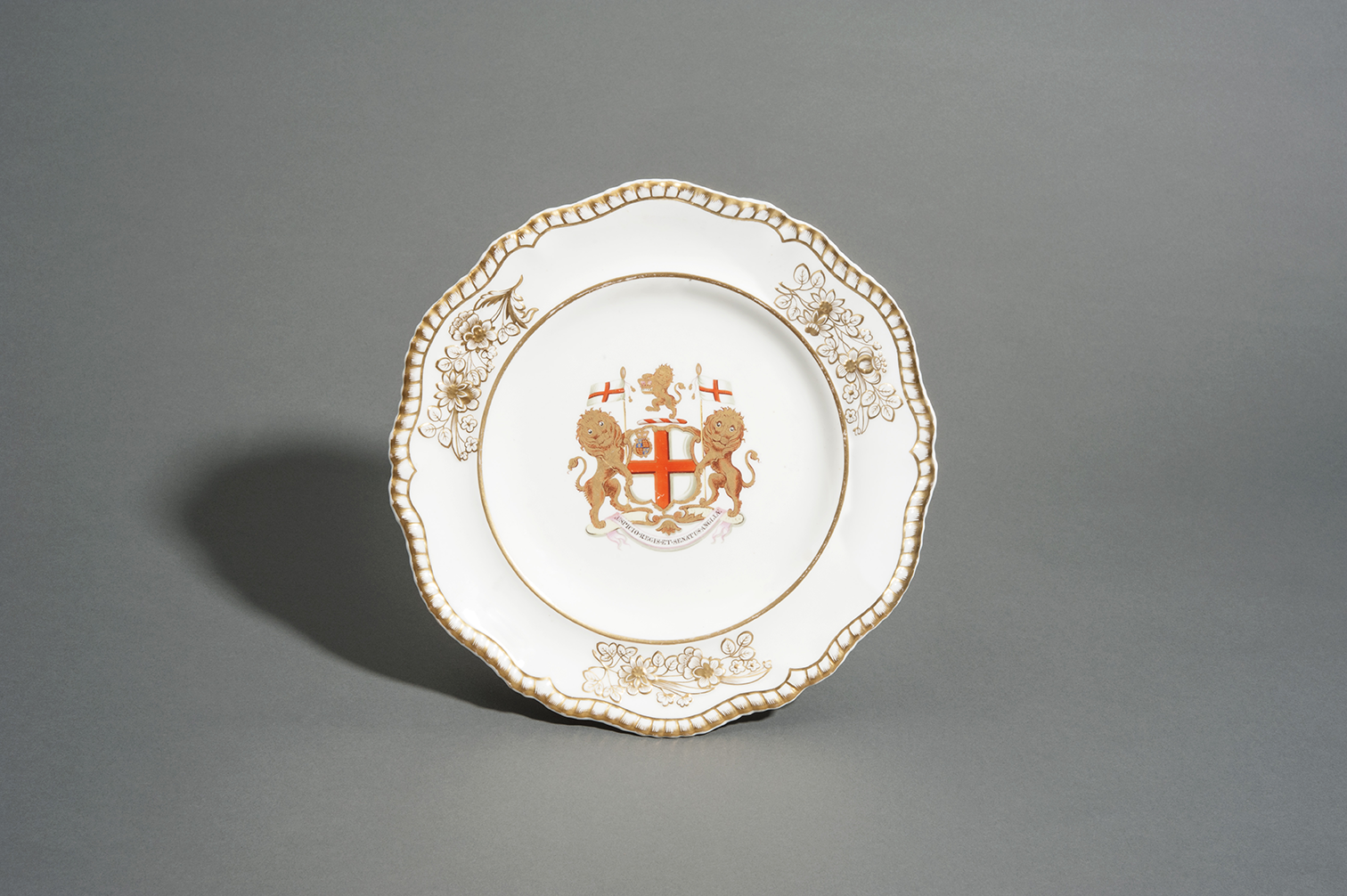European Porcelain
After establishing direct trade with China, Portuguese traders returned home with samples of kaolin, which they discovered was essential in the production of porcelain. The Portuguese and other European countries remained ignorant of the techniques involved in the production of porcelain until 1708, when the first European hard-paste porcelain (made from a compound of the feldspathic rock petuntse and kaolin clay fired at around 1400°C) was made in Meissen, Germany, by Johann Friedrich Böttger (1682–1719). Böttger’s factory was soon producing large amounts of hard-paste porcelain, and in the 1720s it developed a new and extensive range of enamel colours used to depict fantastic visions of an imagined Far East that was inspired by Chinese art.
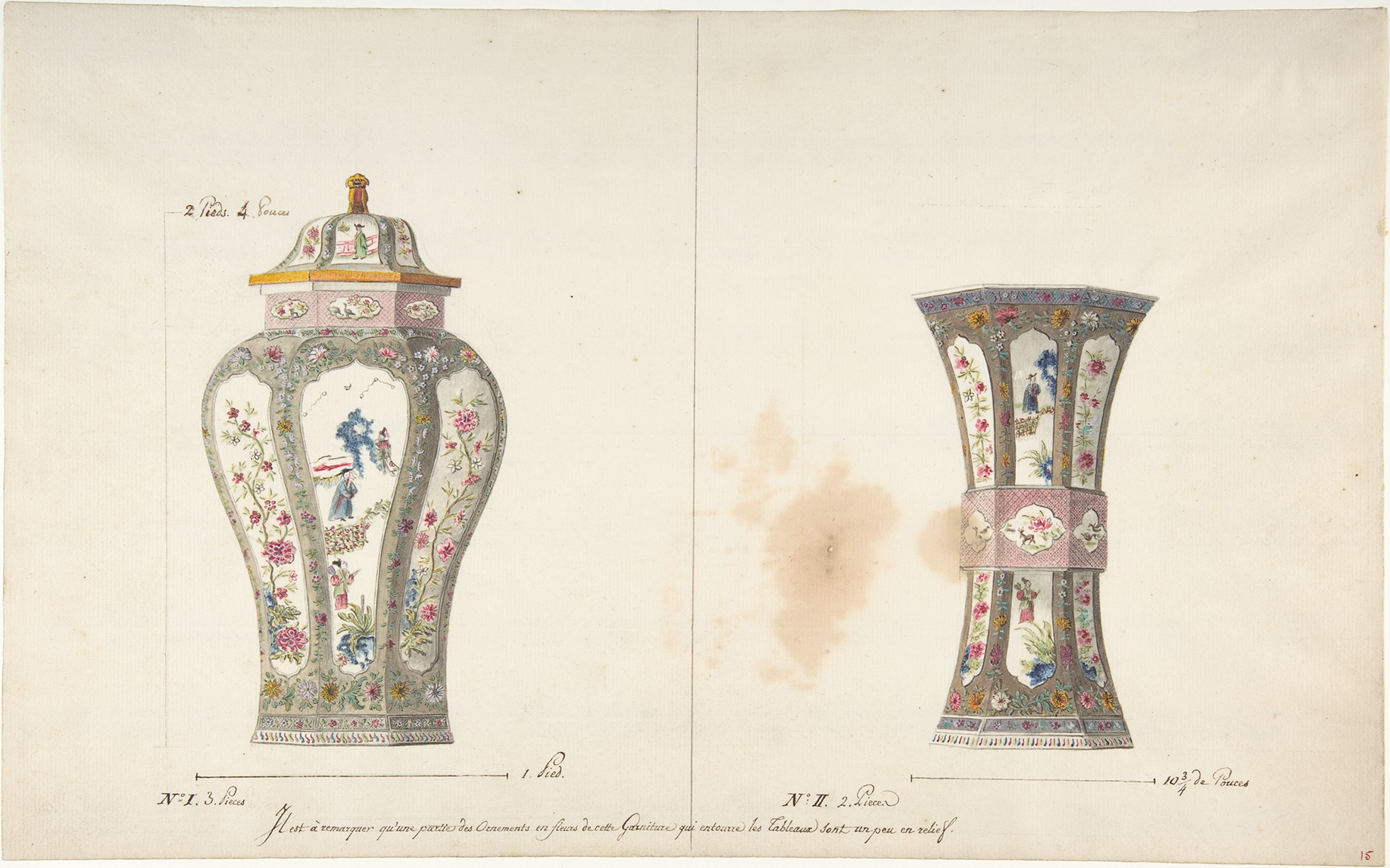
The discoveries in Meissen were followed by the establishment of major factories elsewhere in Europe. In Italy, where soft-paste porcelain (an imitation, low-fired porcelain that lacked the ingredients found in hard-paste porcelain) had been made at the Medici workshops since the late sixteenth century, factories producing hard-paste porcelain in significant numbers were established in Venice in 1720, and in Doccia, near Florence, in 1737, which produced works inspired by delicate whitewares from Dehua.
Despite similar advancements in France and the Netherlands, manufacturers in England struggled to discover the secrets of making porcelain without access to the necessary ingredients. This changed when an English chemist named William Cookworthy (1705–1780) discovered kaolin clay in Cornwall in 1746. After two decades of experimentation, Cookworthy patented his recipe for making porcelain and established the Plymouth China factory in 1768—the first in England to manufacture hard-paste porcelain. By the turn of the century, England had a flourishing porcelain industry—with factories in Derby, Worcester, Staffordshire, Liverpool and elsewhere—that all produced wares aimed at a growing middle class.
These factories were so successful that the demand for Chinese porcelain eventually began to diminish, and towards the end of the eighteenth century the trade fell into serious decline. In spit of this decrease, centuries of genuine artistic exchange stimulated by the porcelain trade had left an indelible mark on the arts of Europe, and Chinese ceramics remain a potent source of design ideas for artists today, working in fields as diverse as architecture, interior design, theatre and painting.
